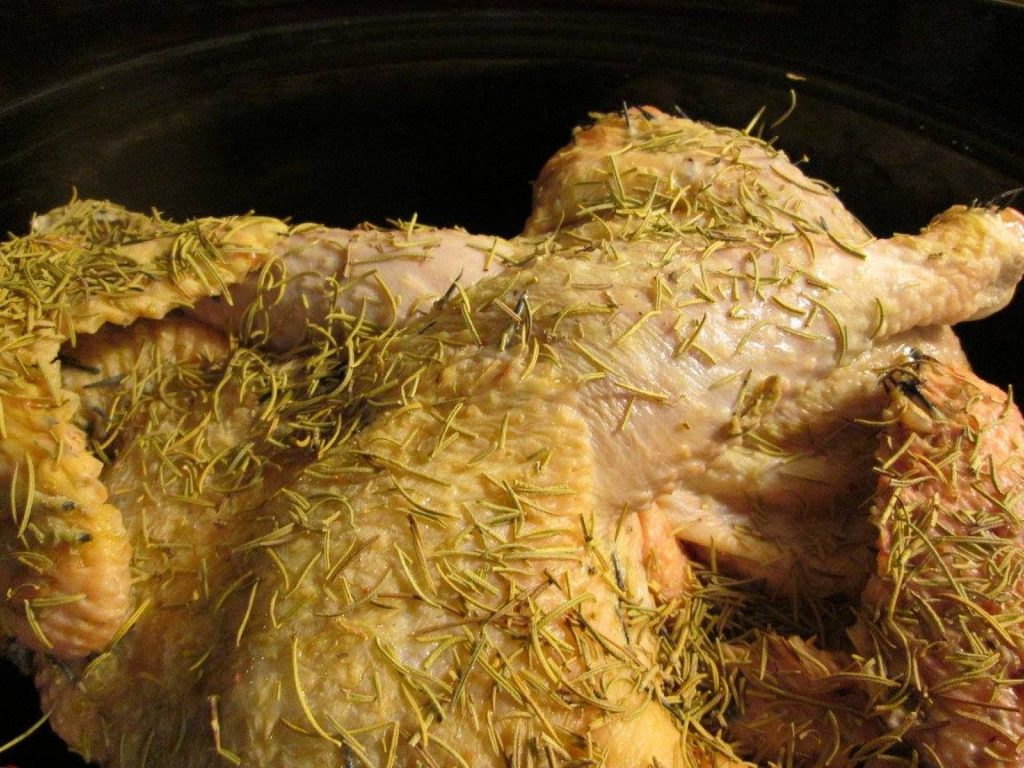
Terry’s Poultry Processing
Seven older layers processed Dec 2015
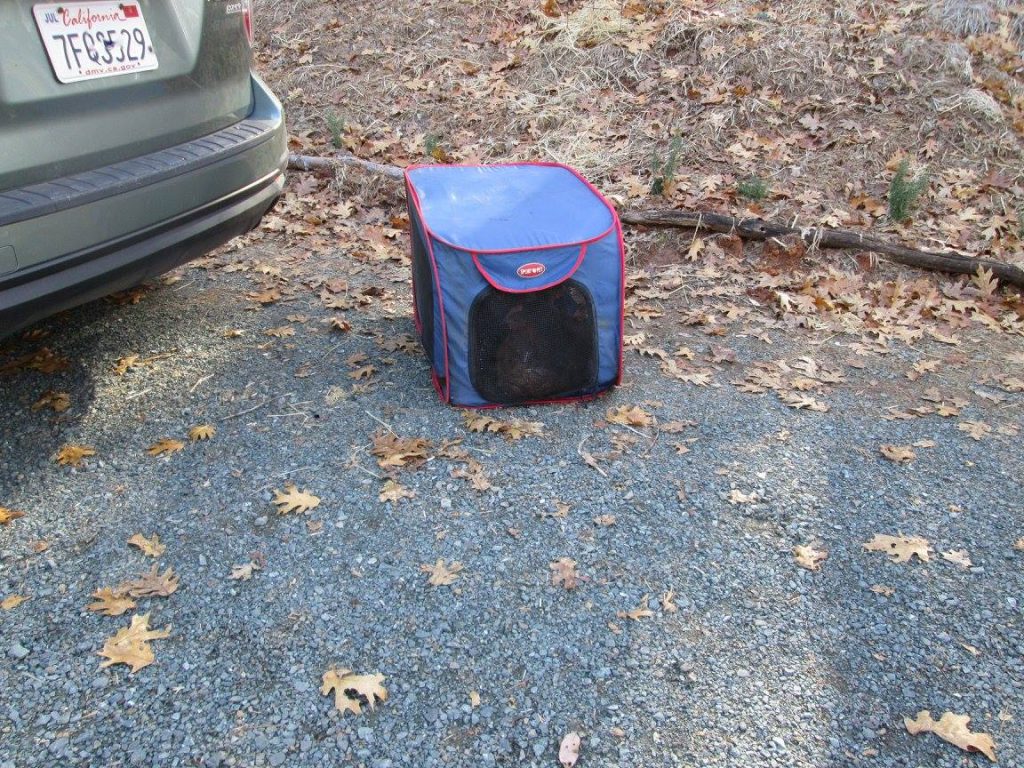
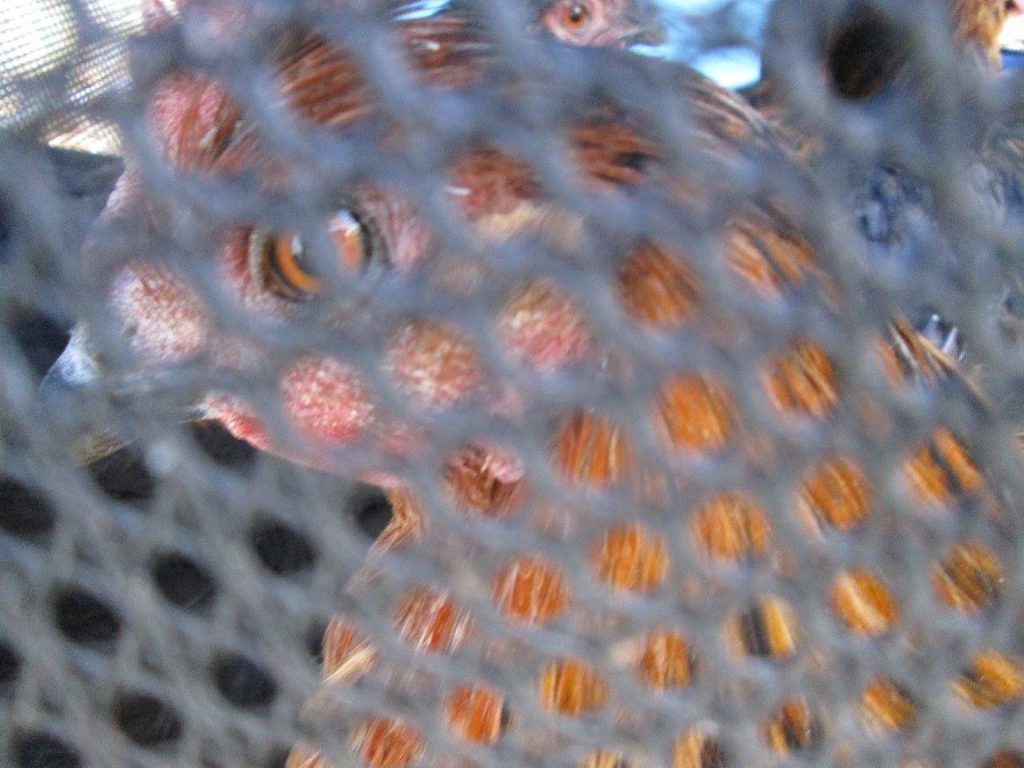
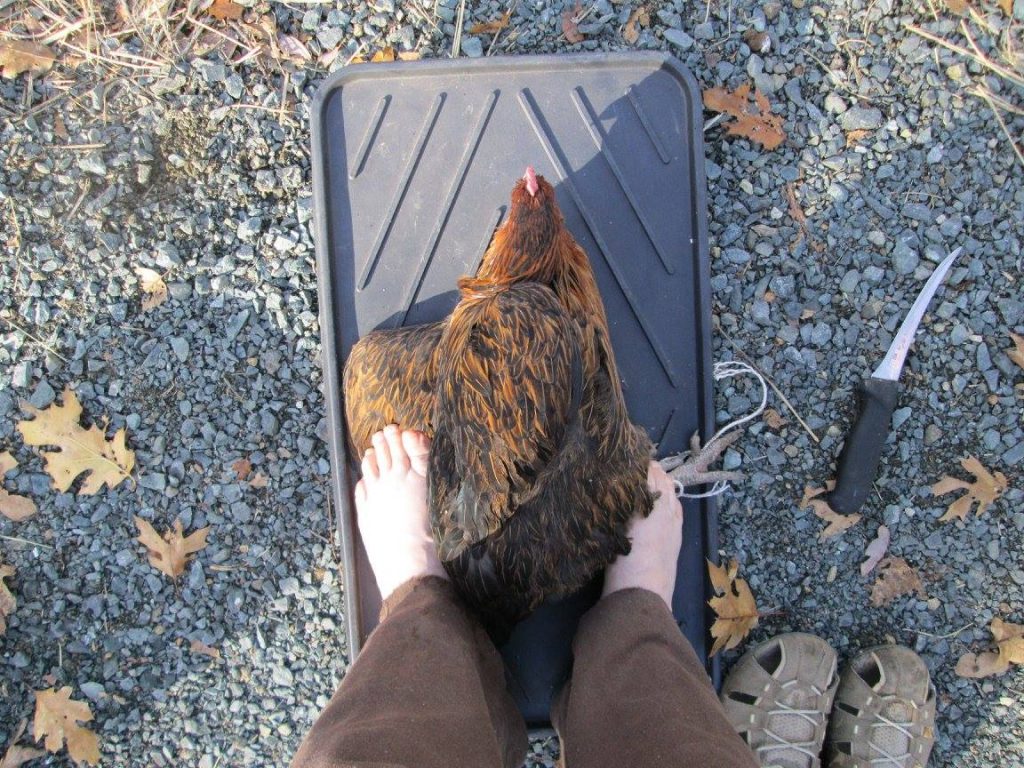
TIPS: Pinning the bird down means no flopping so the meat won’t be bruised. My feet lightly but securely hold her, I’m not putting my full weight on her. I have the top of the tray (used a boot tray) on a slight slope so the blood runs away from the bird.
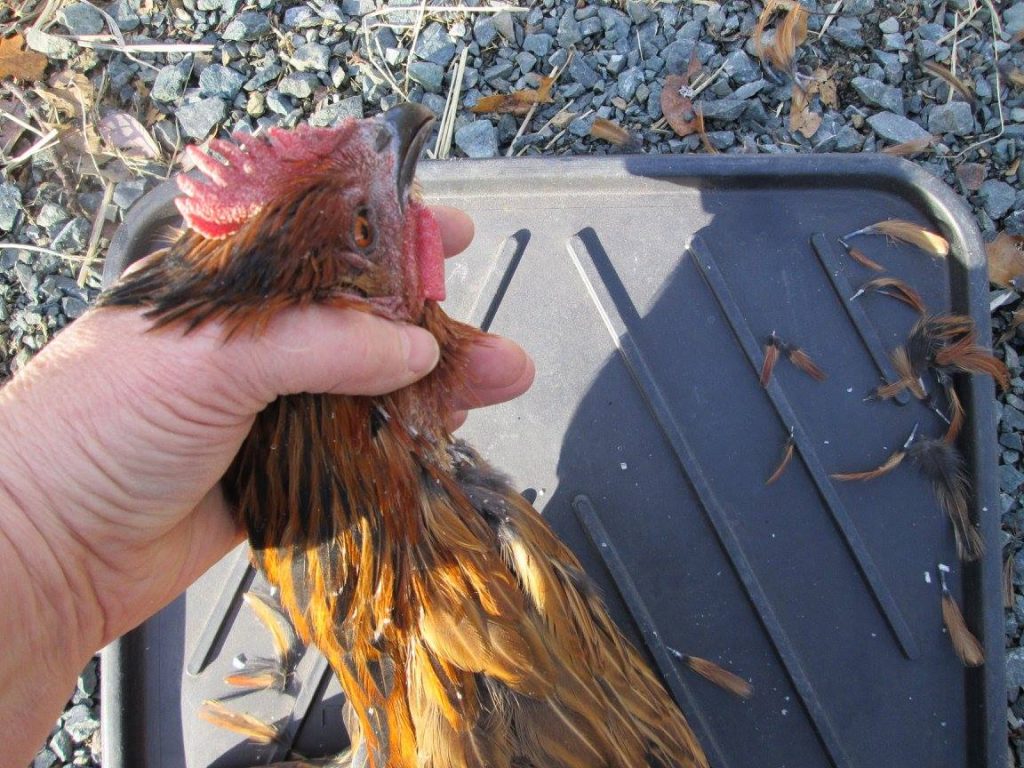
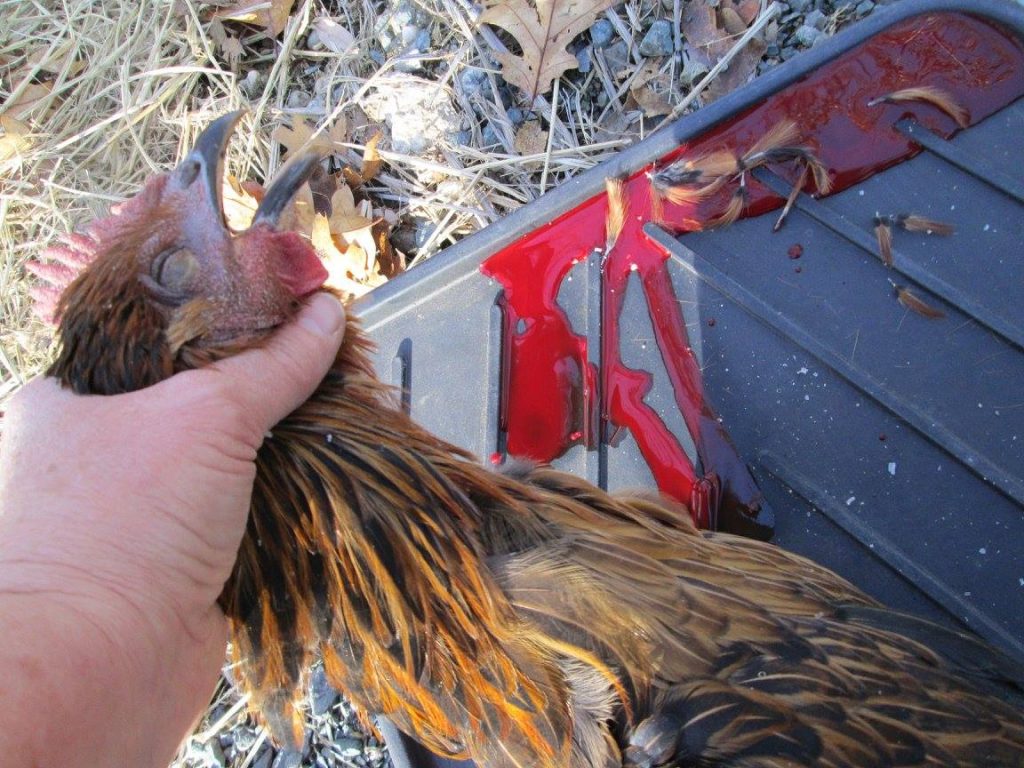
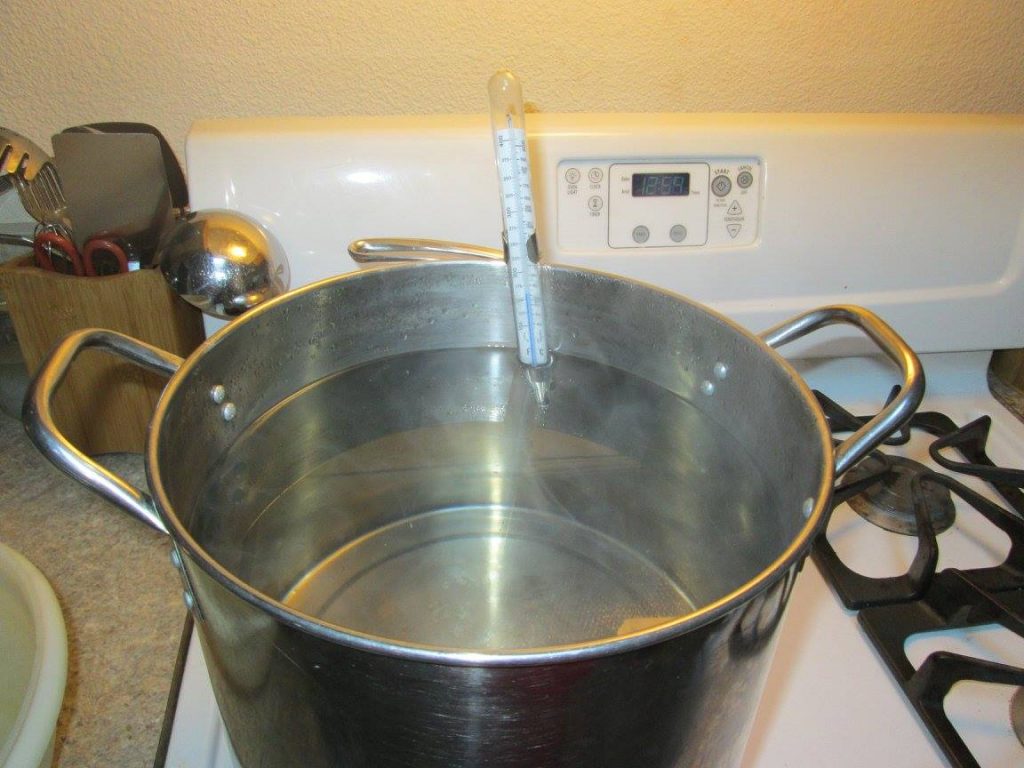

TIP: I’ll also take her by the neck after scalding, and dunk her feet in the hot water to clean them off so they can go into the broth pot.
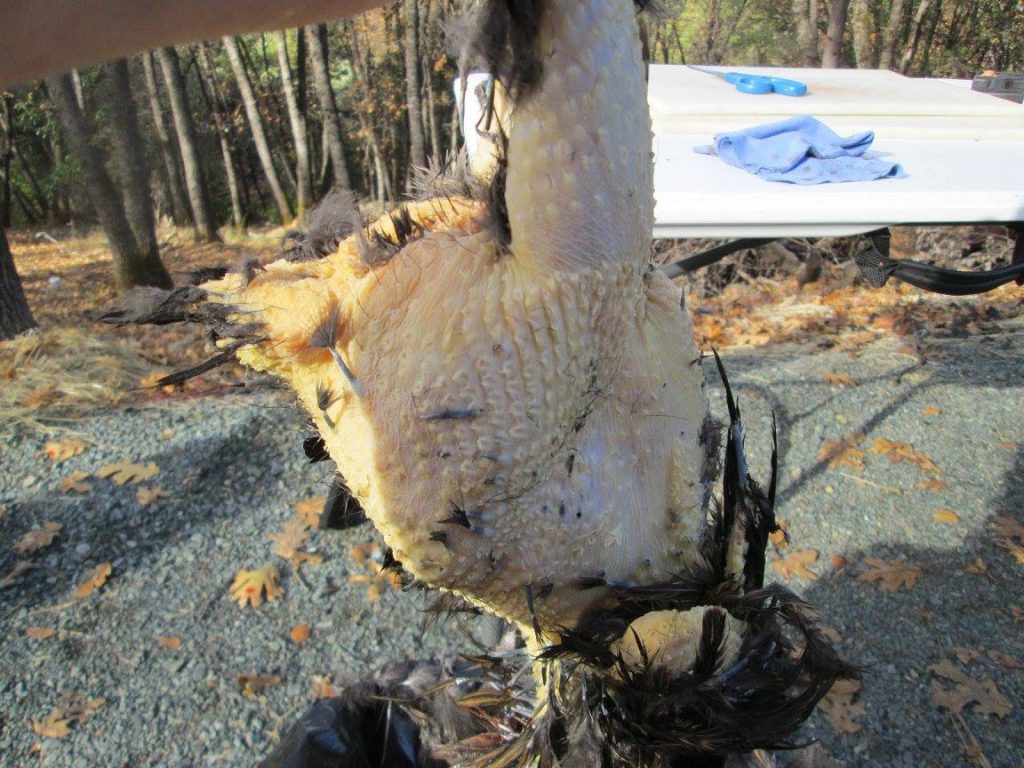
TIPS: When I cut the jugular, I leave the head attached so that it can be dunked in the scald pot and cleaned before throwing the head into my broth pot. Heads and feet are where many nutrients are found, including hyaluronic acid which is concentrated in the comb, beak, and feet. You’d pay a pretty penny for HA at a natural food store. HA is super anti-inflammatory. The feet are loaded with gelatin which is so good for our entire bodies.
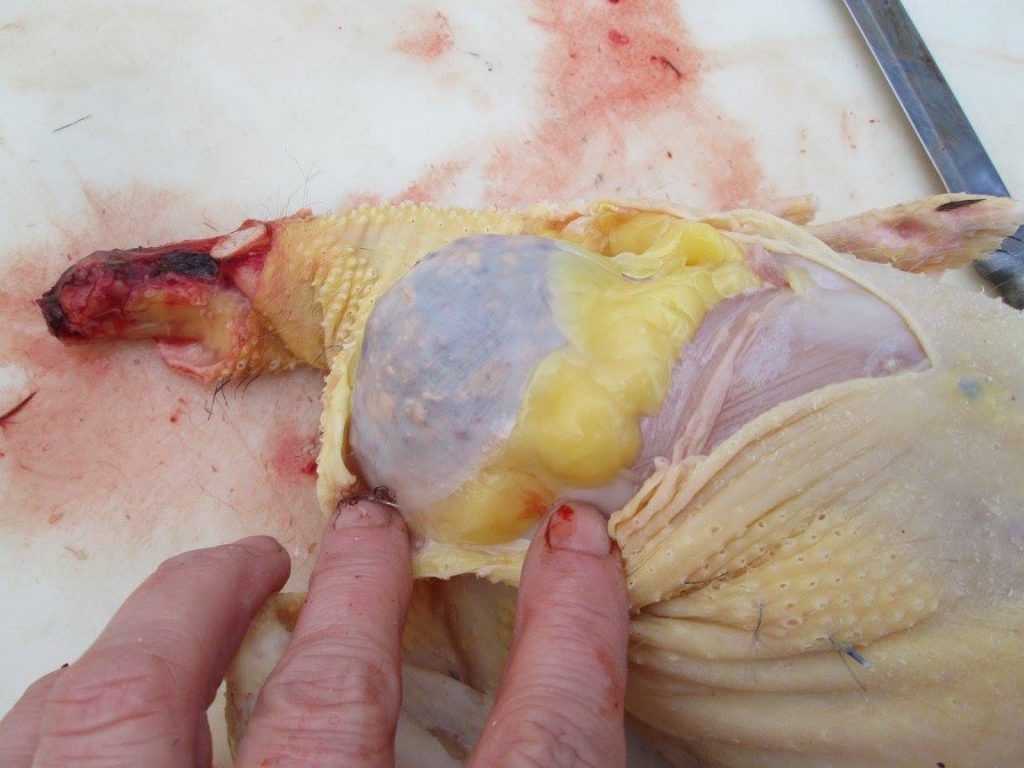
TIPS: Under skin, intact craw, full of feed. Normally I would withhold food from domestic birds the night before harvesting so that their craw and intestinal tract would be empty. I got these birds from a friend who did not withhold feed.
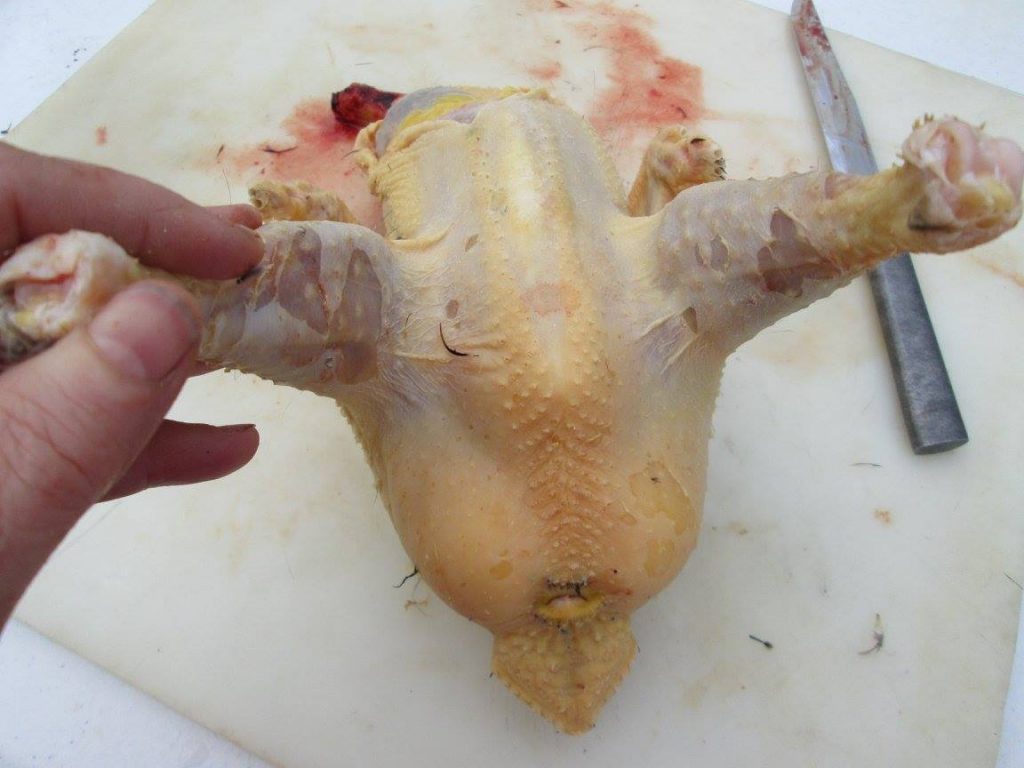


TIP: Once gutted, I take a torch to the pin feathers to get rid of them. Or not.
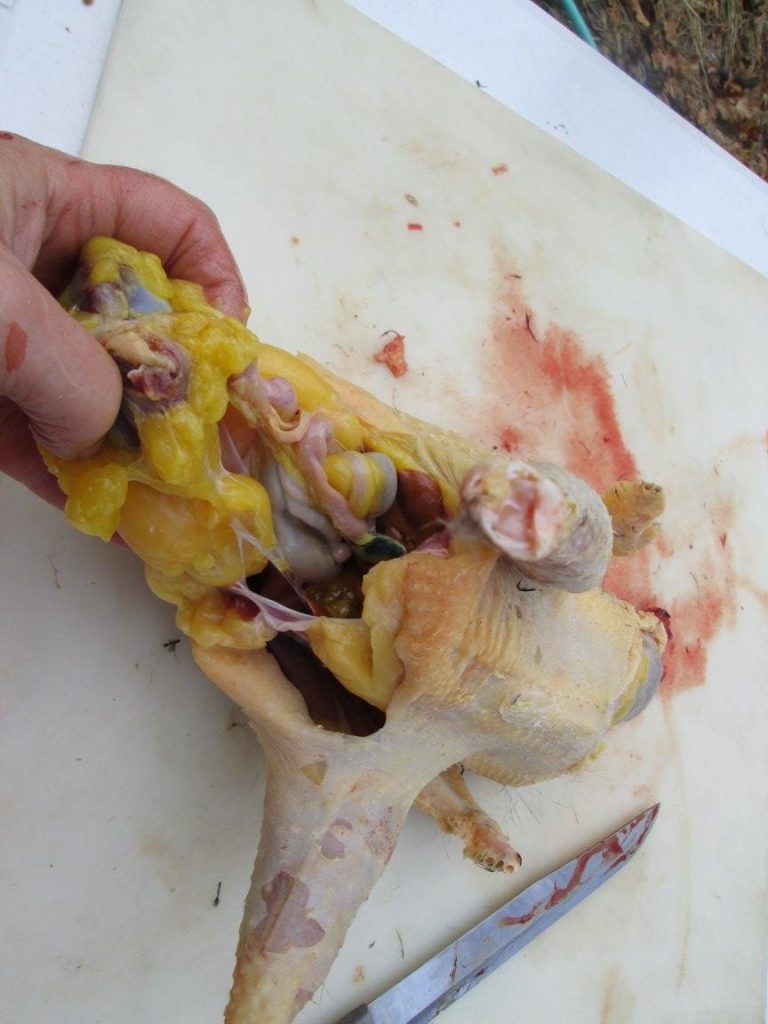
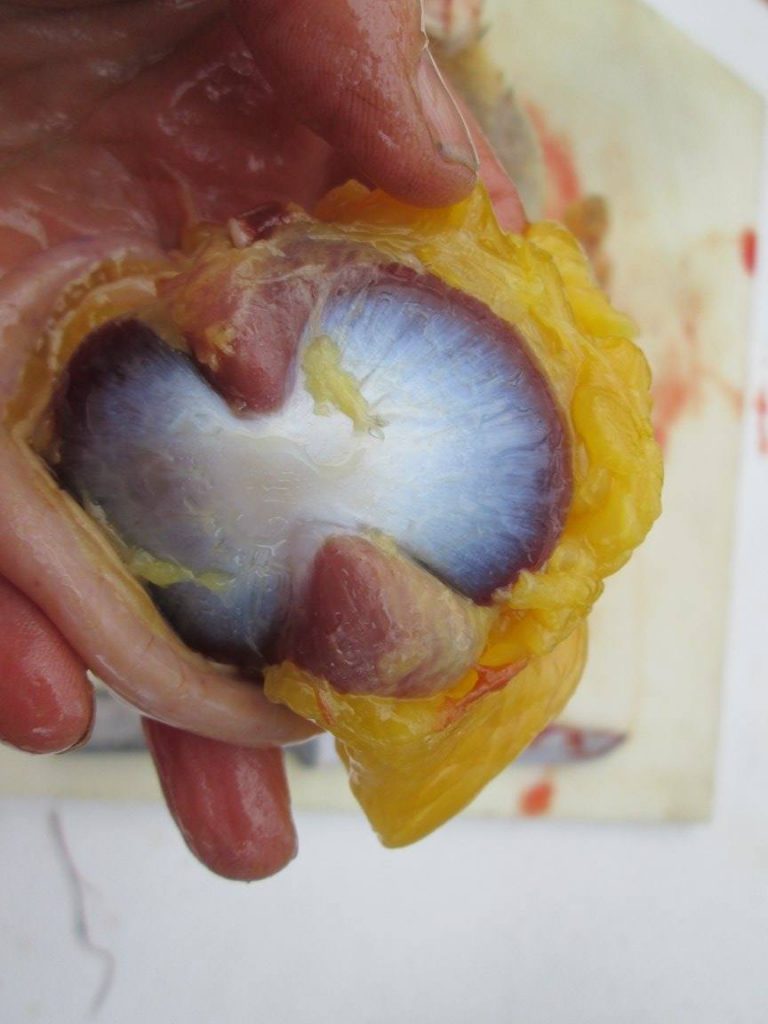
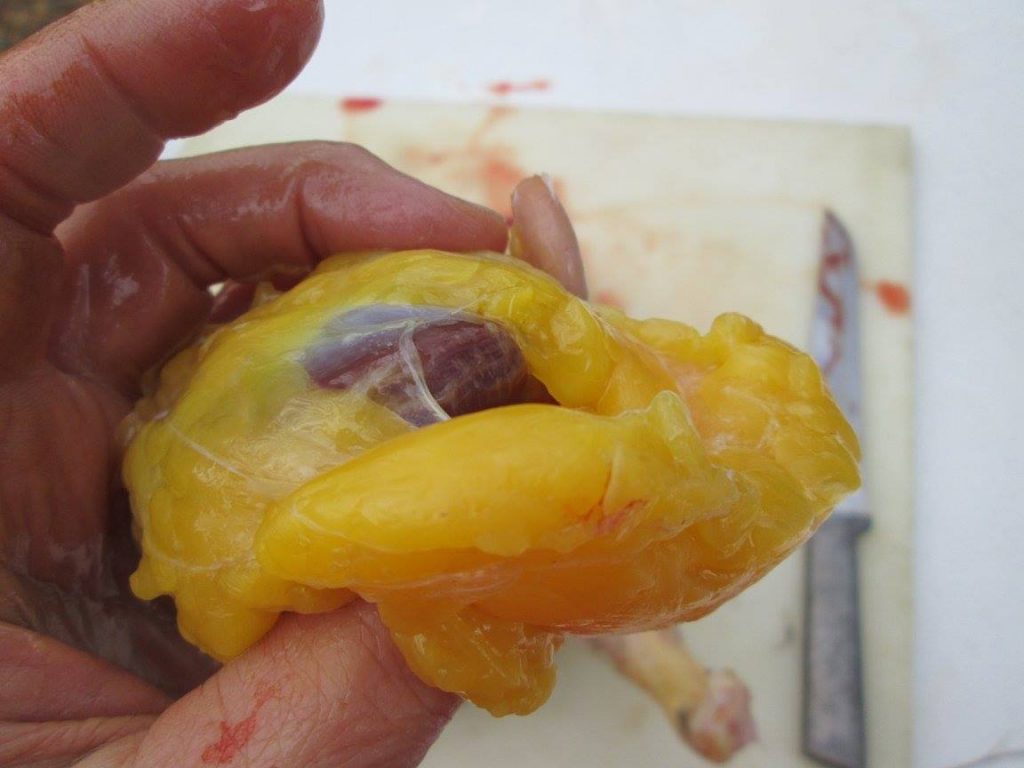
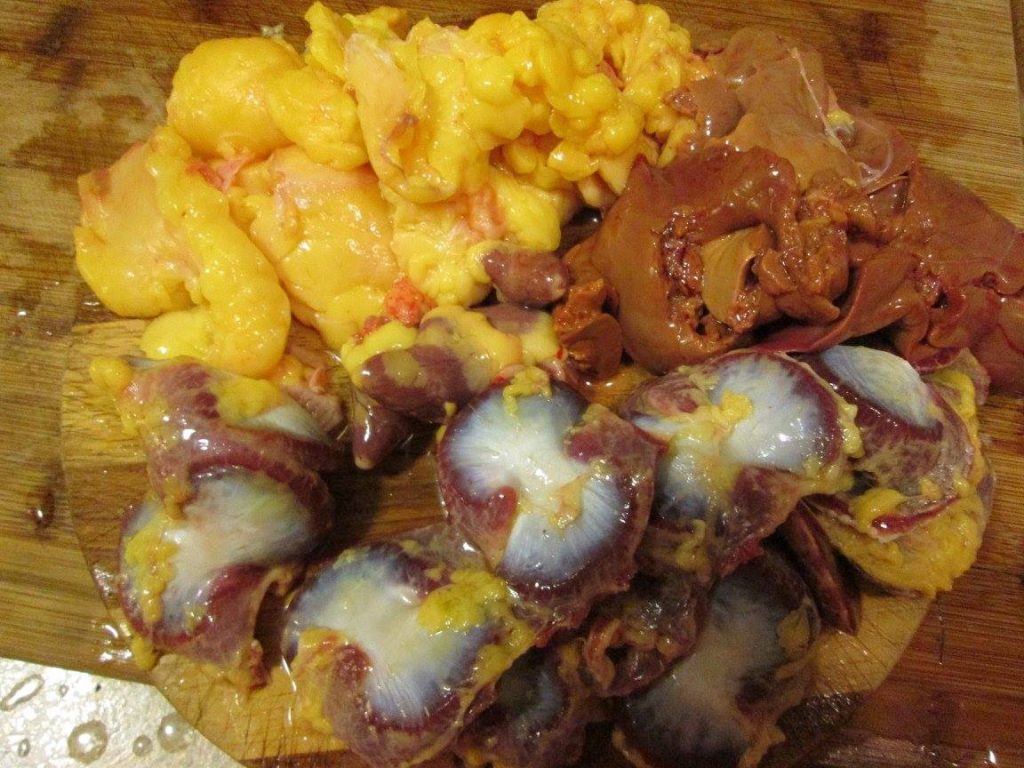
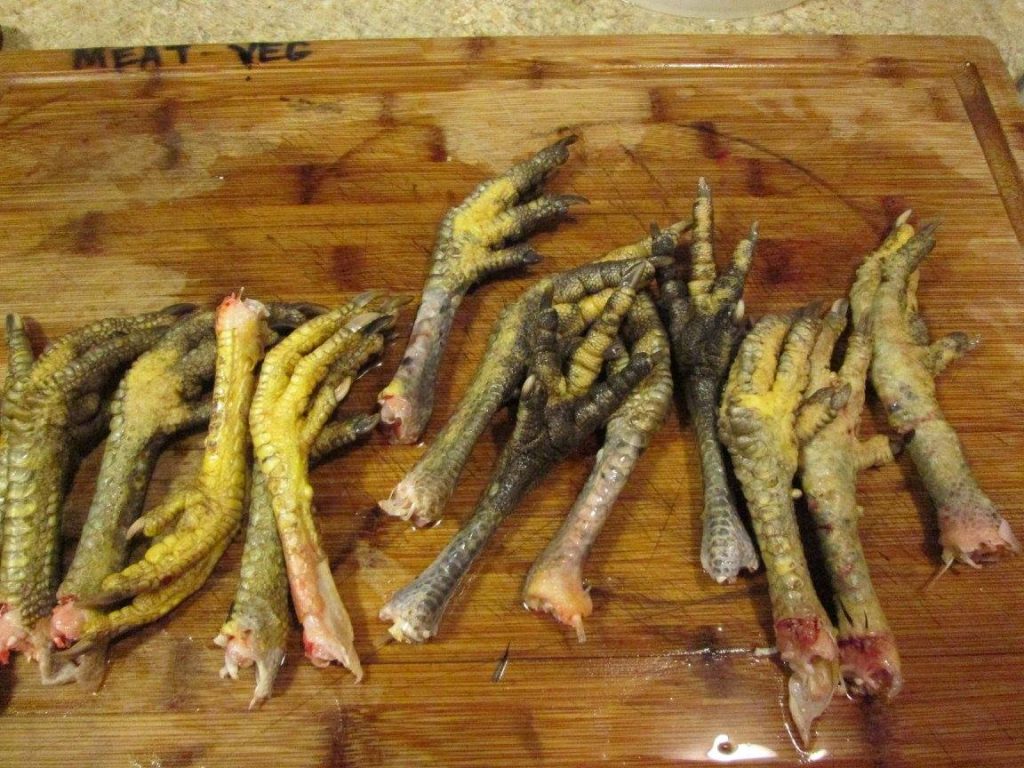


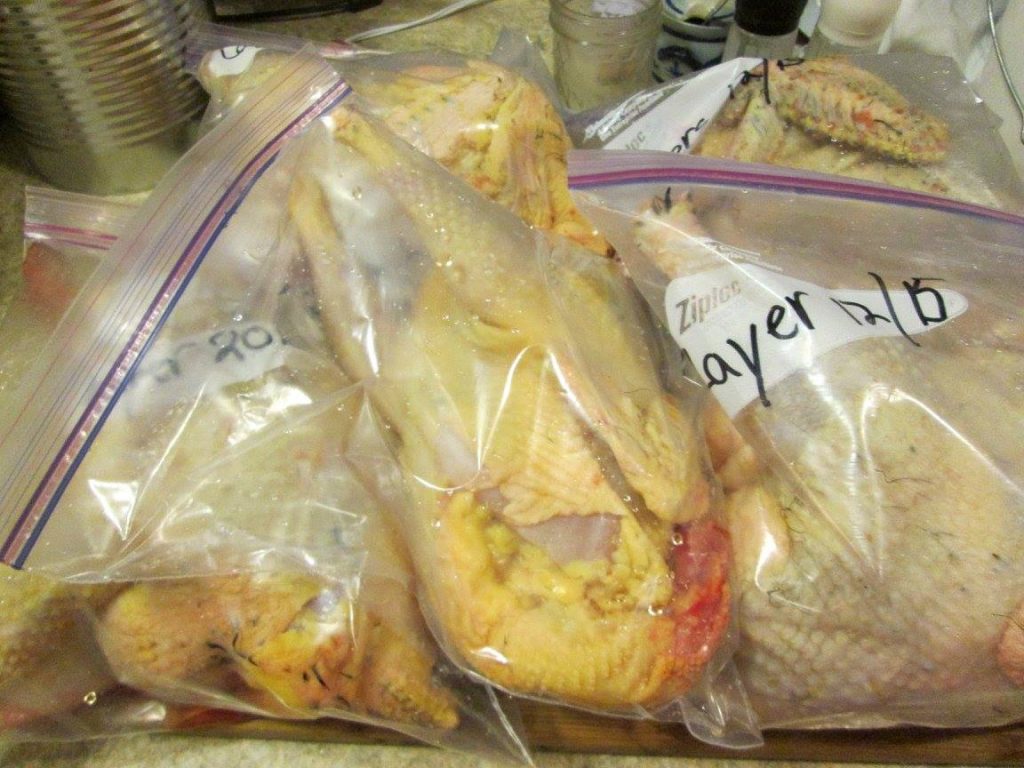

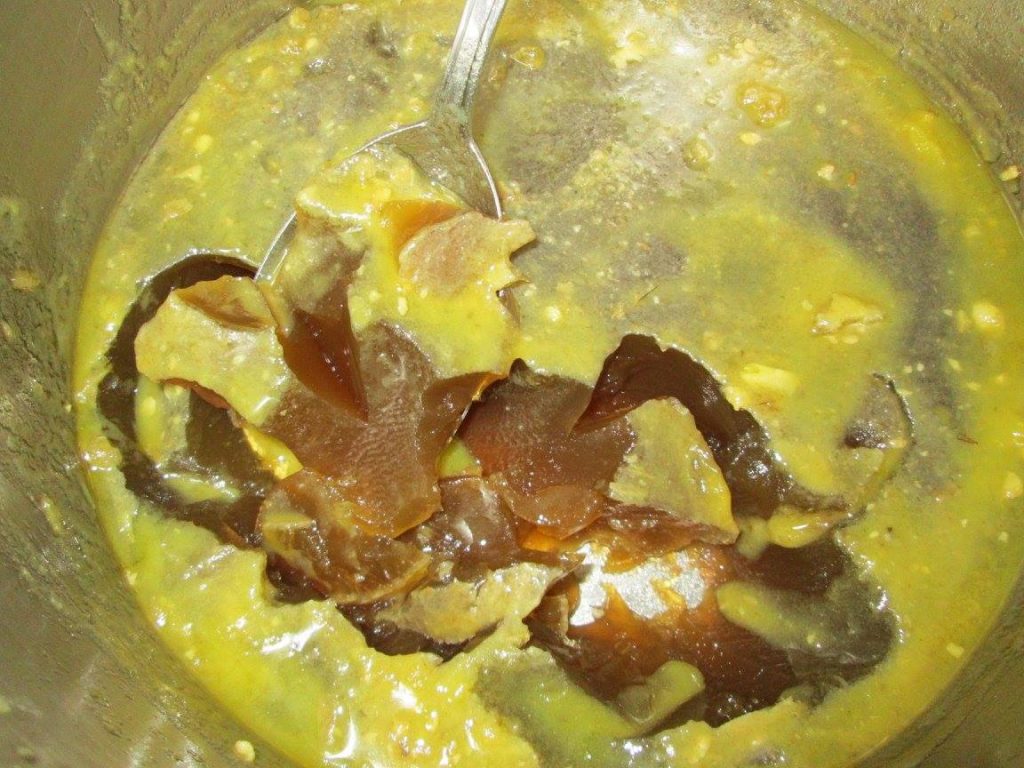
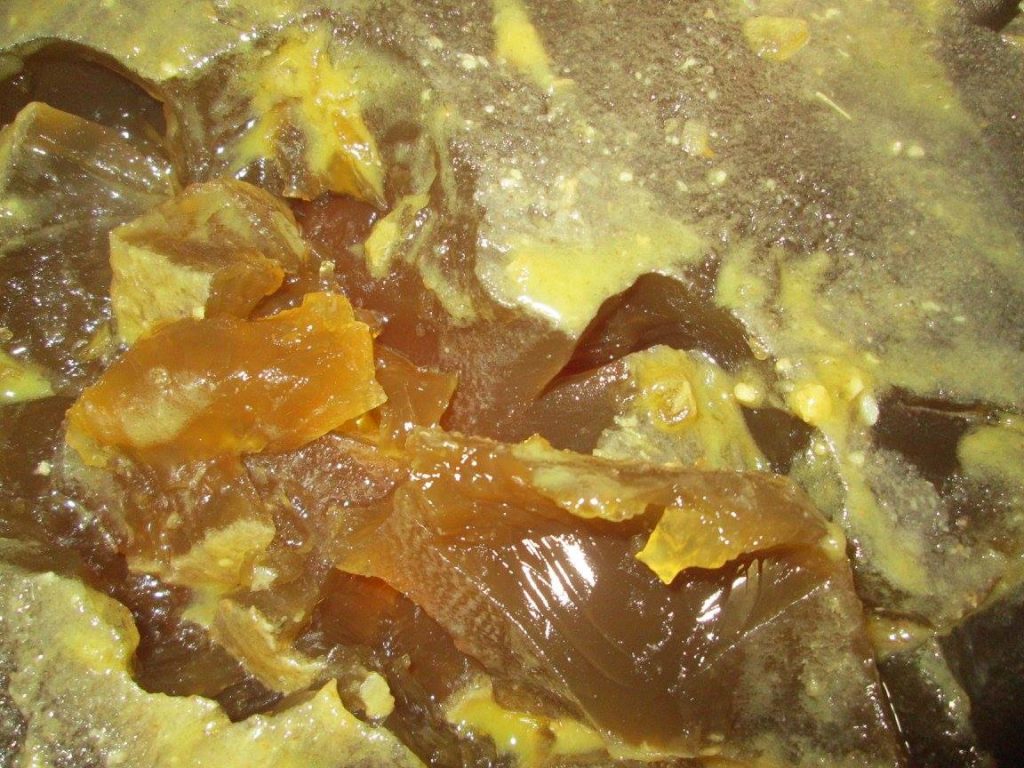

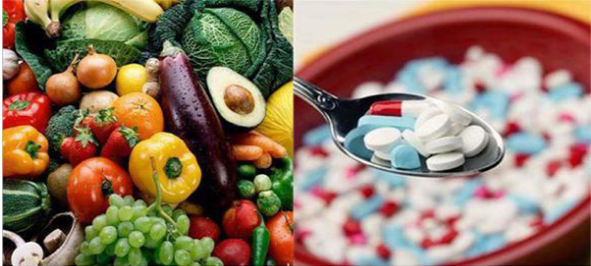
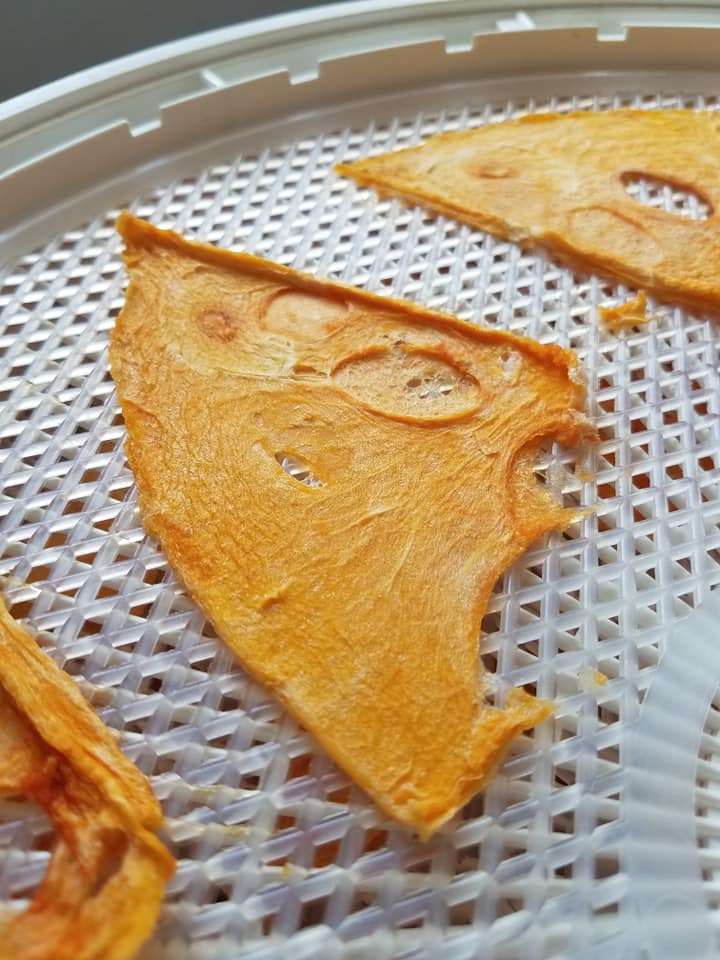

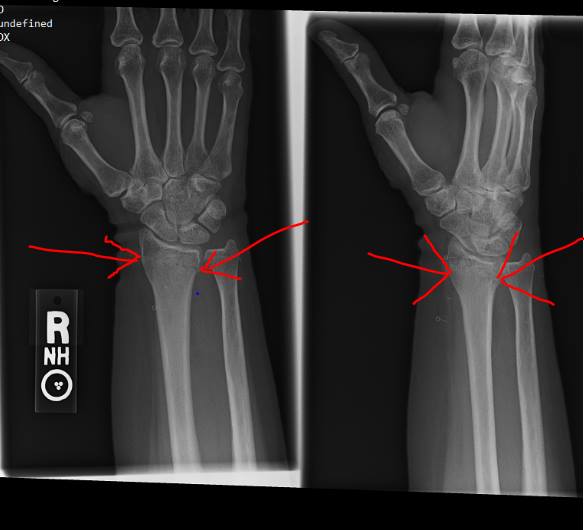

Responses